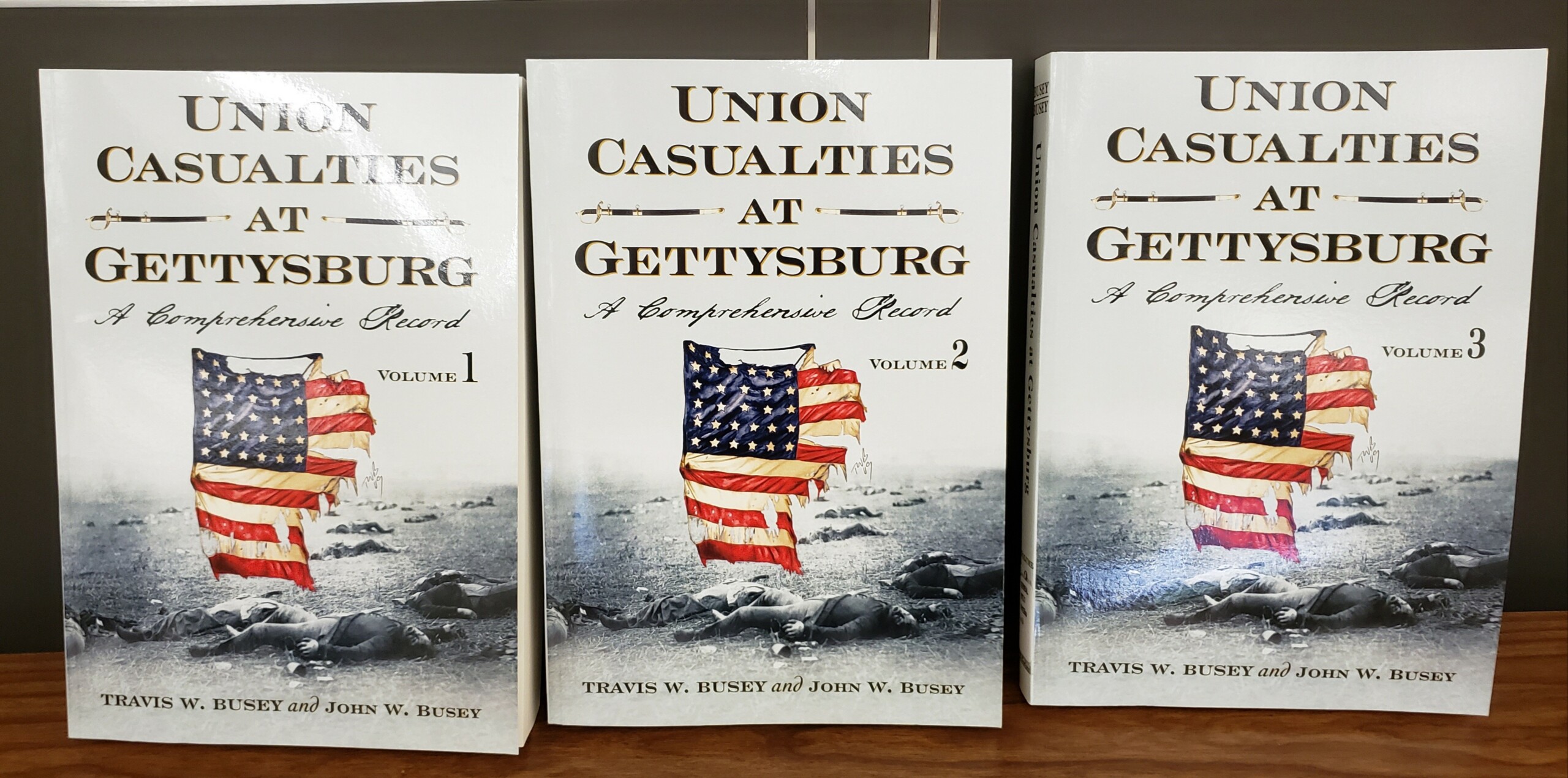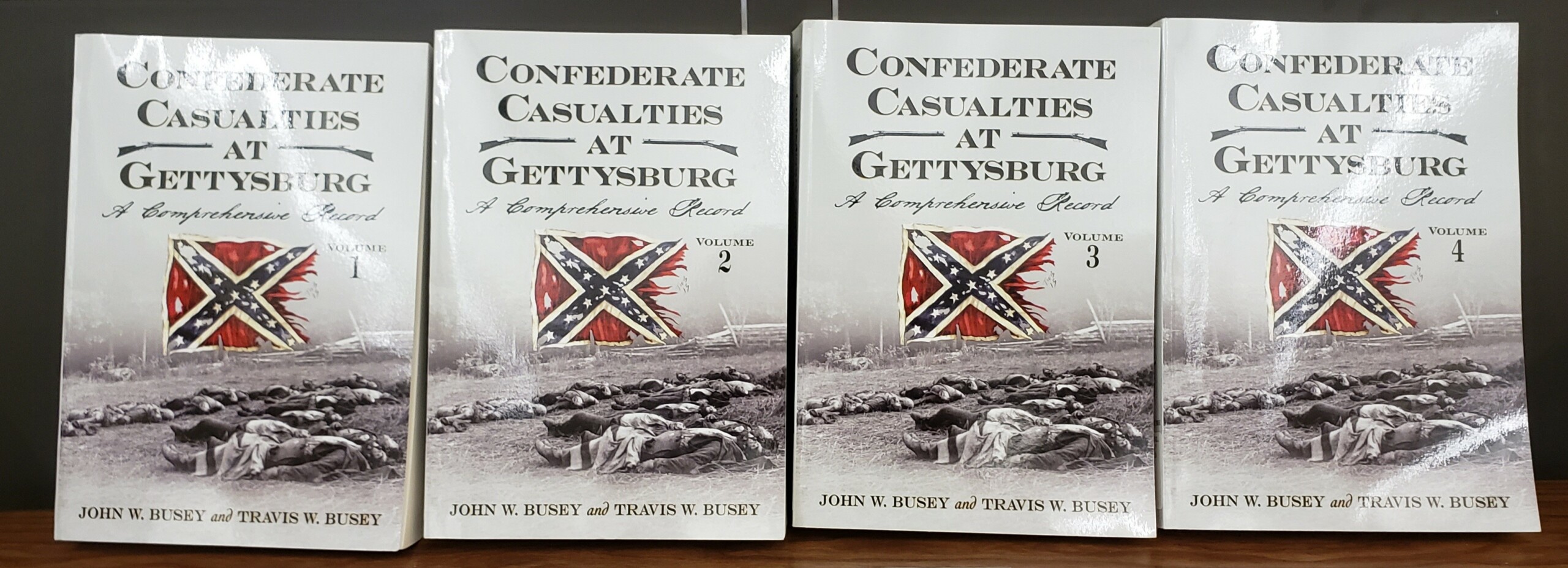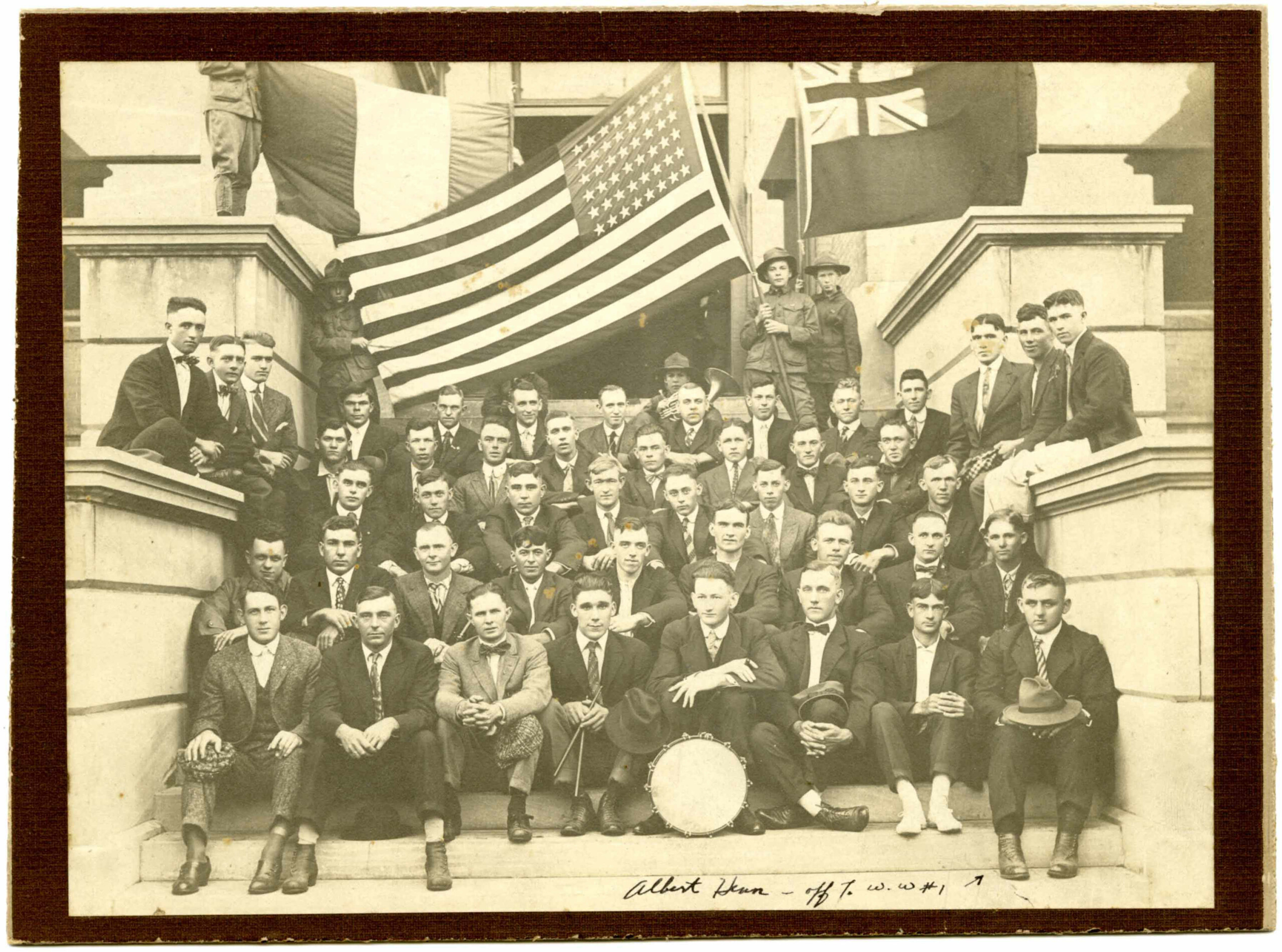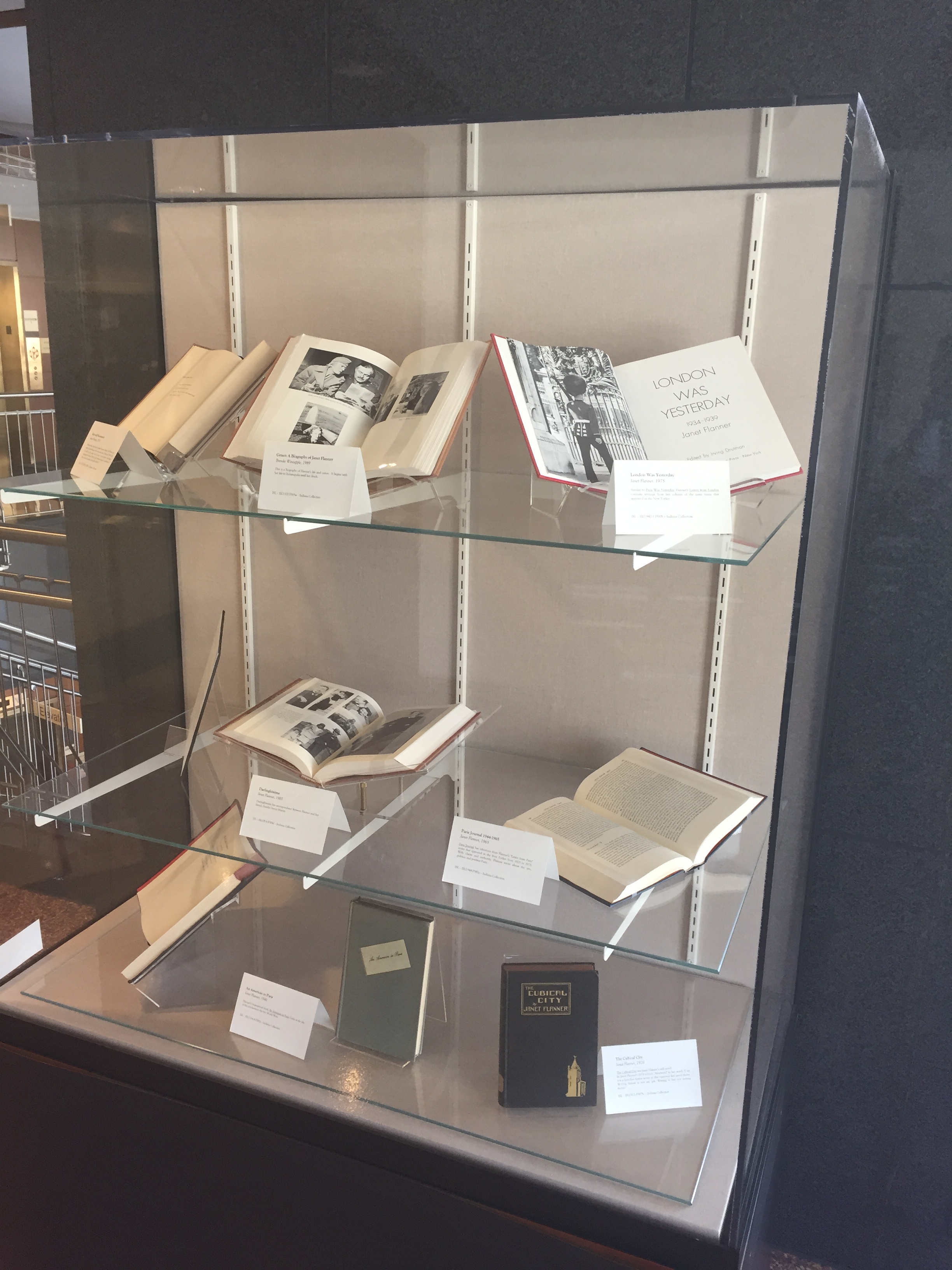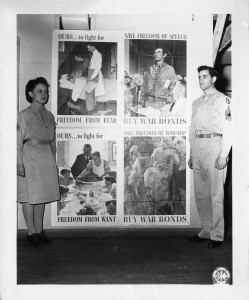The Indiana State library’s Genealogy Collection has several newly-added resources for people researching their military ancestors in print, along with new items available in the library’s digital collections.
“Finding your Father’s War; A Practical Guide to Researching and Understanding Service in the World War II U.S. Army” by Jonathan Gawne is a nice handbook for someone who wants to learn more about their ancestor’s Army service in World War II.
 The book contains a brief history of the army leading up to World War II, along with explanations of the various army units, insignia, awards and terms for those who may not already be familiar with the organization of the U.S. Army. There are also sections that discuss the distinct types of records and where to search for information about an ancestor’s military service.
The book contains a brief history of the army leading up to World War II, along with explanations of the various army units, insignia, awards and terms for those who may not already be familiar with the organization of the U.S. Army. There are also sections that discuss the distinct types of records and where to search for information about an ancestor’s military service.
Both the series “Union Casualties at Gettysburg,” along with “Confederate Casualties at Gettysburg,” a comprehensive record by John W. and Travis W. Busey contain a trove of information for someone researching their ancestors or a unit that fought at the Battle of Gettysburg. The authors organized the volumes by state, then by regiment and unit listing the wounded and the killed. Some entries for the wounded contain biographical information about the individual soldier that goes beyond the end of the Civil War. There are multiple appendixes that go over statistical information, the locations of field, general and convalescent hospitals treating the wounded and burial locations for each side.
In both “Borrowed Identity; 128th United states Colored Troops” and “Voices from the Past; 104th Infantry Regiment, USCT Colored Civil War Soldiers from South Carolina,” John R. Gourdin uses Civil War pensions to create biographical entries that contain surnames along with family relatives, friends, clergy and prominent members of the communities where the soldiers where living when they applied for their pensions.
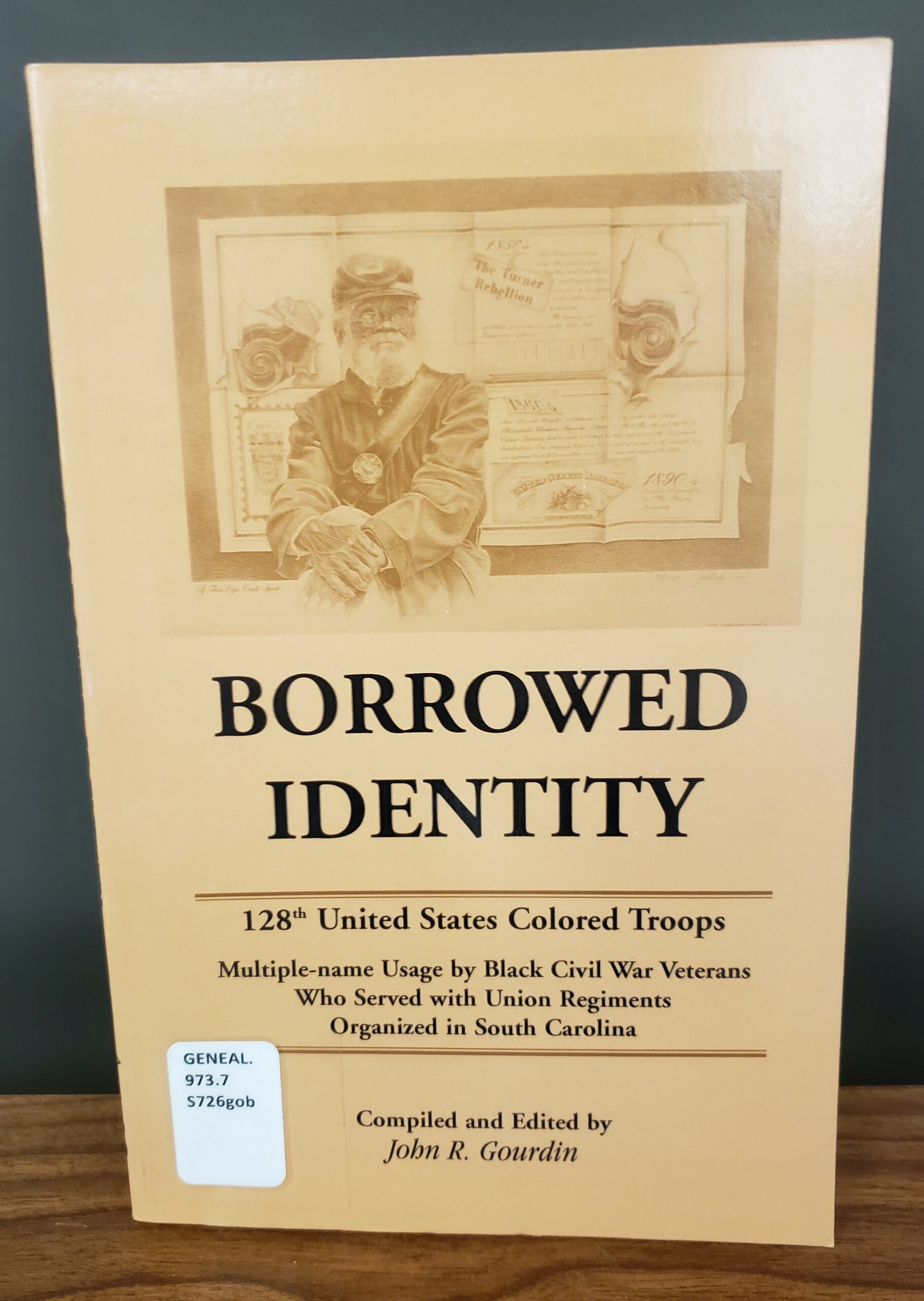 In the Genealogy section of the Indiana State Library’s Digital Collections several images from the Kuhlenschmidt collection (G118) have been digitized. The images feature Albert Henn, Henry Kuhlenschmidt, and others as they served in World War I.
In the Genealogy section of the Indiana State Library’s Digital Collections several images from the Kuhlenschmidt collection (G118) have been digitized. The images feature Albert Henn, Henry Kuhlenschmidt, and others as they served in World War I.
More photos from the collection can be viewed here, here and here.
The Betty Montoye Collection (G038) contains photographs and postcards from World War I along with the discharge papers for Paul Castleman and Oscar Ross.
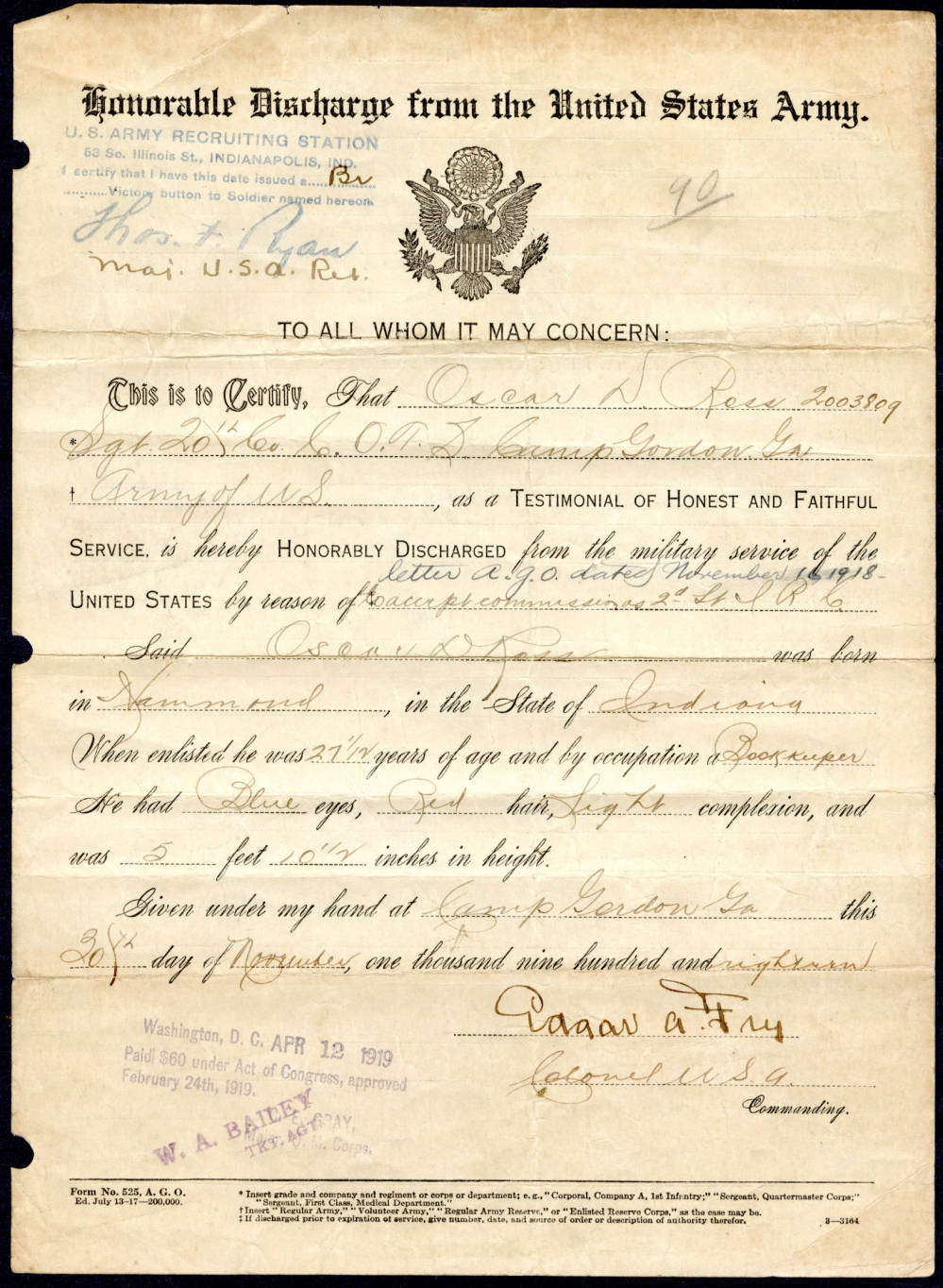 More photos from the collection can be viewed here and here.
More photos from the collection can be viewed here and here.
For more information about these and other new materials pertinent to your military ancestors check our online catalog and Digital Collections page.
Blog written by Sarah Pfundstein, genealogy librarian, Indiana State Library. For more information, contact the Indiana State Library at 317-232-3689 or “Ask-A-Librarian.”

